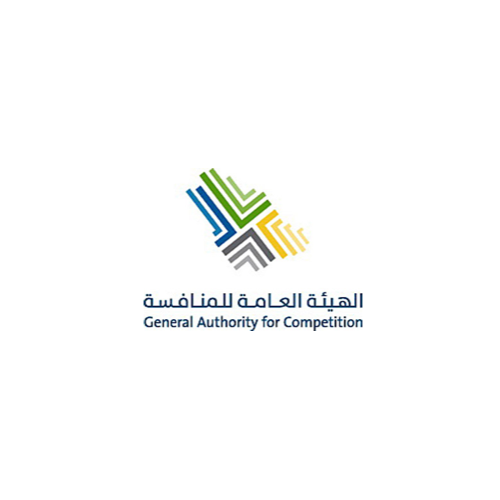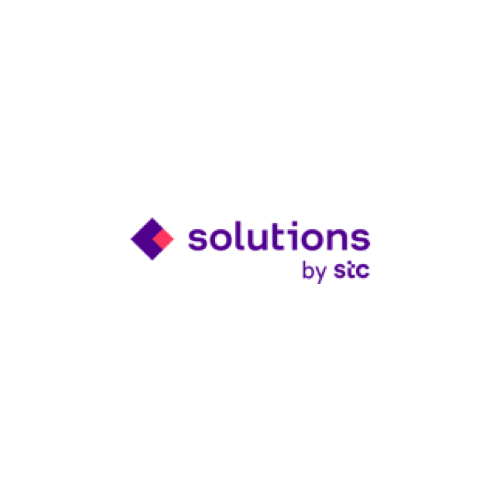Digital transformation planning
Developing a digital transformation roadmap and initiatives:
Building an executive plan for digital transformation projects by analyzing the gaps between the current and hoped-for situation, creating a detailed card for each project and building a roadmap for these projects after analyzing priorities.
Designing Emerging Technologies Solutions:
Carry out studies of the trends of modern technologies, and design digital solutions using these technologies that suit the nature of the entity’s work.
Developing a digital transformation governance framework:
Defining the roles and responsibilities of the committees and functions responsible for leading and following up the digital transformation process, designing program management processes, capabilities, performance and reporting management, building models for initiatives progress reports and measuring key performance indicators.
Developing digital transformation skills and capabilities:
Developing programs to enhance capabilities and attract competencies in the field of digital transformation in order to achieve the desired impact in the entity, measure and improve these programs, qualify digital transformation leaders, and build leadership capabilities for the transformation process.
Digital transformation services
We are working on creating a digital transformation that fits all the organization’s requirements and achieves complete satisfaction for its customers and users from the user experience, so we study everything very carefully according to the following steps: creating a business strategy study for the concerned entity, making reference comparisons, analyzing the maturity of digital transformation, and then developing a vision and mission Objectives and performance indicators for the digital transformation process.
- Enhancing institutional work by utilizing the application of enterprise architecture methodologies and tools to enable the digital transformation process
- Developing and defining the general model for the components of the Metamodel
- Documenting the current status of the business architecture, application architecture, data architecture, and technical architecture in the entity.
- Developing the future state of the business structure, application structure, data structure, and technical structure in the entity based on the strategic objectives of digital transformation and by benefiting from international references appropriate to the nature of the entity’s work and the services it provides.
- Examining and analyzing the gaps between the current situation and the future, and classifying them into interrelated working groups.
- Develop a roadmap for implementing technical initiatives and projects resulting from the gap analysis process
- Detailed cards for initiatives and projects.
- Performance indicators by which progress in implementation processes is evaluated.
- Implementation timeline.
- Follow-up and measurement mechanisms for performance indicators.
- Developing the approved governance framework for the organizational structure outputs.
- Preparing and supplying technical systems and enterprise architecture management tools to prepare and follow up the components of the enterprise architecture, and follow up on implementation processes related to the roadmap.
- Following up the components of the institutional structure and working to update them continuously.
- Issuing periodic reports through technical systems and enterprise architecture management tools.
- Work continuously – through the unit responsible for the institutional structure – to study and analyze periodic reports and performance indicators and take decisions and preventive and corrective measures necessary to achieve the goals of digital transformation in the entity based on the approved governance framework.
- Establishing a special data management and governance unit concerned with developing plans, policies and rules for data management and governance.
- Analyzing the current situation of data in the entity and identifying the most important gaps and difficulties related to it.
- Develop an approved strategy for data management and governance that includes all necessary plans regarding data in the entity.
- Developing and defining policies and guiding rules for data management and governance in the entity.
- Aligning approved policies and rules with national policies for data management and governance, and working to adhere to and implement them (for example: the policies of the National Data Management Office, the National Information Center, and the National Cybersecurity Authority).
- Designing modern digital systems to analyze data and support business decision-making.
- Develop data monitoring reports and monitor compliance with policies and rules for data management and governance.
- Studying how to benefit from artificial intelligence in the entity to develop smart reports to support business.
- Develop approved open data plans to support the work of government agencies, the private sector, entrepreneurs and innovation.
- Review and analysis of open data sets that are published in the entity.
- ISO20000 Technical Service Management
- Management and governance of information security ISO27001
- ISO22301 Business Continuity Management System
- COBIT IT Governance
- Process re-engineering
- Establishing governance rules that clarify roles and responsibilities and increase transparency in the organization.
- Build methodologies and policies that support the successful delivery of portfolios, programs and projects and ensure the achievement of expected business results.
- Process engineering, building templates, and setting performance indicators.
- Clarify competency frameworks for project management.
- Building empowerment and implementation plans.
- Preparing frameworks to better align with the organization’s strategy and achieve results and benefits.
Provide guidelines for improving change management and project management capabilities in the organization.
- Alignment with international standards, frameworks and best practices.
- Setting standards for the service delivery cycle to become more efficient in developing its services and making them available through digital channels using modern technologies and innovation-focused approaches, and ensuring that the services provided are used in an optimal way.
- Aligning the digital services provided by government agencies with the evaluation indicators issued by the relevant authorities in the Kingdom of Saudi Arabia, the Digital Government Authority, Cyber Security, and the Saudi Authority for Data and Artificial Intelligence.
- Measuring compliance by evaluating and measuring compliance with policies and requirements, ensuring that the entity achieves compliance, and identifying gaps compared to controls and requirements.
- Build and align the customer experience strategy with the organization’s strategy, goals, values and culture, and formulate an effective plan for communicating the customer experience strategy to the relevant stakeholders of the organization.
- Measuring and analyzing customer opinions to determine the areas of improvement they expect and prioritizing them.
- Thoughtful design of the customer journey, imagining all points of contact with them, and understanding their requirements and outputs from the customer’s perspective.
Develop effective plans for continuous improvement of customer experiences.
Our success stories
We are proud in the vision of the experts that we have presented major national projects to many government agencies in the Kingdom of Saudi Arabia, which has earned the company great confidence among its customers. We are keen to be the first destination when customers are looking for a partner they trust. with it






